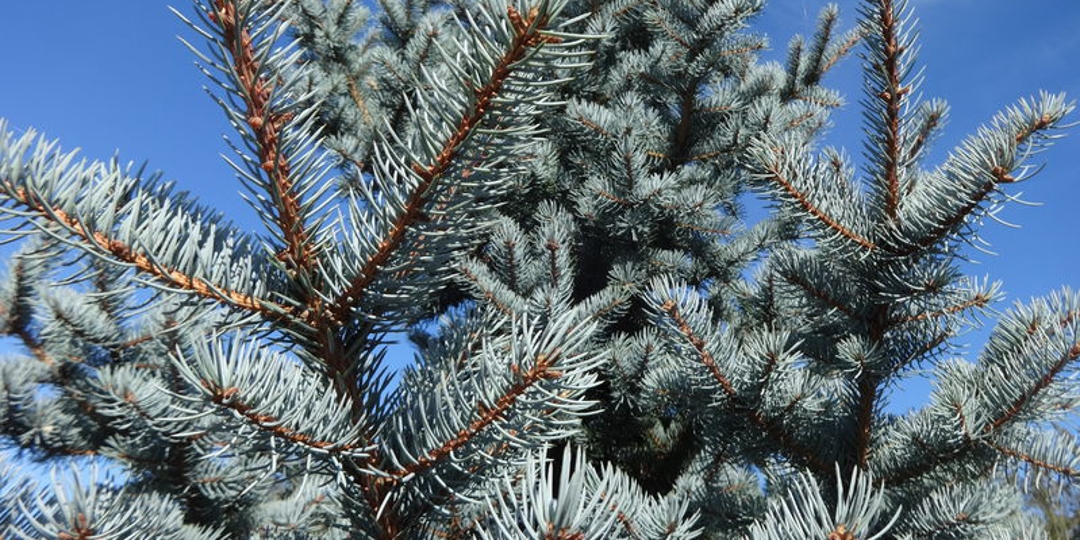The enchanting blue spruce trees, with their striking blue-green foliage, have long been cherished for their beauty and ornamental value in North Pittsburgh. However, in recent years, many homeowners and arborists have noticed a concerning trend – the decline of blue spruce trees. In this blog post, we will explore the potential causes behind the decline of blue spruce trees in North Pittsburgh.
Understanding the Decline
Needle Cast Diseases: Blue spruce trees are susceptible to various needle cast diseases, including Rhizosphaera needle cast and Stigmina needle cast. These fungal infections cause needle discoloration, browning, and premature needle drop, leading to an overall decline in tree health. The humid climate and environmental conditions in North Pittsburgh can create favorable conditions for these diseases to thrive.
Environmental Stressors: Blue spruce trees are sensitive to changes in environmental conditions. Factors such as drought, excessive moisture, poor soil drainage, and pollution can stress the trees and weaken their immune systems, making them more susceptible to diseases and pests. Drought periods, which can occur during hot summers or extended dry spells, can significantly impact the health of blue spruce trees in North Pittsburgh. Insufficient water availability can stress the trees, leading to needle discoloration, browning, and increased vulnerability to diseases and pests.
Conversely, excessive moisture can also pose challenges for blue spruce trees in North Pittsburgh. High humidity levels and poor soil drainage can create conditions that promote the development of fungal diseases, such as Rhizosphaera needle cast and Stigmina needle cast, which commonly affect blue spruce trees. These diseases cause needle discoloration, premature needle drop, and overall tree decline.
In addition to water-related issues, poor soil drainage can compound the challenges faced by blue spruce trees in Pittsburgh. When soil drainage is inadequate, excess water can accumulate around the tree's roots, leading to root rot and other health issues.
Insect Infestations: Insect pests like spruce spider mites, adelgids, and spruce gall adelgids can infest blue spruce trees, causing damage to needles, branches, and overall tree health. These pests weaken the trees and make them more vulnerable to other stressors.
Improper Planting and Care: Poor planting practices, including improper soil preparation, inadequate watering, and lack of proper maintenance, can contribute to the decline of blue spruce trees. Insufficient care during the early years of tree establishment can have long-term consequences for their health and vitality.
If you are witnessing the decline of blue spruce trees in North Pittsburgh, don't wait until it's too late. Contact Monster Tree Service today to schedule a consultation with their skilled arborists. Together, let's take action to preserve the beauty of blue spruce trees and maintain the ecological balance in our community. Visit our website today to benefit from our expertise in tree care and their commitment to customer satisfaction.
In conclusion, understanding the reasons behind the decline of blue spruce trees in North Pittsburgh is crucial in implementing appropriate measures to address these issues. By seeking professional help from Monster Tree Service, we can protect and restore the health of blue spruce trees, preserving their aesthetic appeal and contributing to the overall beauty of our landscape. Don't let the decline continue unchecked - take action today and entrust your blue spruce trees to the experts at Monster Tree Service for the comprehensive care they deserve.

